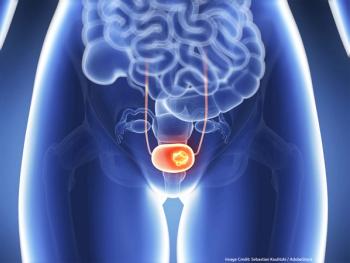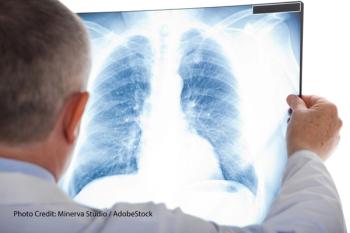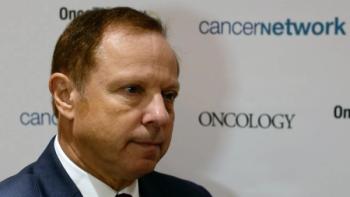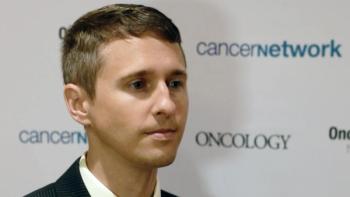
The updates to the guidelines reflect recent advances, including recommended immunotherapies and changes in tumor staging.

Your AI-Trained Oncology Knowledge Connection!


The updates to the guidelines reflect recent advances, including recommended immunotherapies and changes in tumor staging.

The updated version incorporates biologic factors to refine and improve the prognostic stratification of patients with breast cancer.

Among the updates are expanded treatment options, including a recently approved immunotherapy regimen for locally advanced or metastatic disease.

Updated prostate cancer guidelines reflect the importance of tumor genetic testing and genomically-informed disease management.

Experts shared the challenges they've encountered in integrating novel treatments such as CAR T-cell therapy into practice at the 2019 NCCN Annual Conference.

The revised version focuses on the first-line use of immunotherapy and the measurement of tumor cells expressing PD-L1.

At the NCCN Annual Conference, Dr. Bijal Shah of Tampa’s Moffitt Cancer Center highlighted ongoing challenges in administration of CAR T-cell therapy.

During the NCCN Annual Conference, Ron Kline, MD, FAAP, from CMS’s Innovation Center, discussed the Center’s pilot Oncology Care Model.

First- and second-line treatment of clear cell RCC has changed dramatically, Dr. Eric Jonasch said during the NCCN Annual Conference in Orlando.

At the NCCN Annual Conference in Orlando, Dr. April Salama discussed targeted treatment options in first- and second-line therapy for advanced melanoma.

Triple-negative breast cancer treatments being investigated include checkpoint inhibitors, agents that target the androgen receptor pathways, and antibody-drug conjugates.

PARP inhibitors are offering new treatment options for ovarian cancer patients with known mutations, but early-stage diagnosis is still elusive.

During the NCCN Annual Conference in Orlando, Dr. Peter Carroll from UCSF discussed the evolution of screening tests for prostate cancer.

Development of targeted therapies for acute myeloid leukemia (AML) represents an ongoing challenge for the field. There is substantial promise, however, in several different approaches to targeted AML therapy, including IDH inhibitors, FLT3 inhibitors, and others.

Clinicians and patients now have several options for frontline management of chronic lymphocytic leukemia; exactly which option is preferred remains up for debate.

Helping patients through toxicities and discomfort from multiple myeloma and its therapies remains a challenge and must be addressed with supportive care practices.

The 5-year survival rate for relapsed/refractory acute lymphoblastic leukemia has been below 10%. Immunotherapies, however, are starting to challenge that paradigm.

Because of the high cure rate in early-stage classical Hodgkin lymphoma, reducing toxicity is a primary concern. One idea for doing so is a subject of ongoing research: is elimination of all radiotherapy in many of these patients a possibility?

As more and more new options come on the market, integrating them into proper management of multiple myeloma has become an important challenge.

The idea of determining the “cell of origin” in diffuse large B-cell lymphoma, and using it as a prognostic indicator or to guide treatment, remains somewhat controversial, but is there now a way that the cell of origin can be used?

In this interview we discuss the different types of T-cell lymphomas and how supportive care is used in the management of these malignancies.

In this video we discuss the initial symptoms and diagnosis of multiple myeloma as well as upfront treatment with autologous stem cell transplantation and newer agents.

In this video we discuss the goals of shared-decision making in hematologic malignancies and touch upon different scenarios where its use may be appropriate.

In this interview we discuss symptoms and prognosis for patients with polycythemia vera and essential thrombocythemia and the treatment of myelofibrosis.